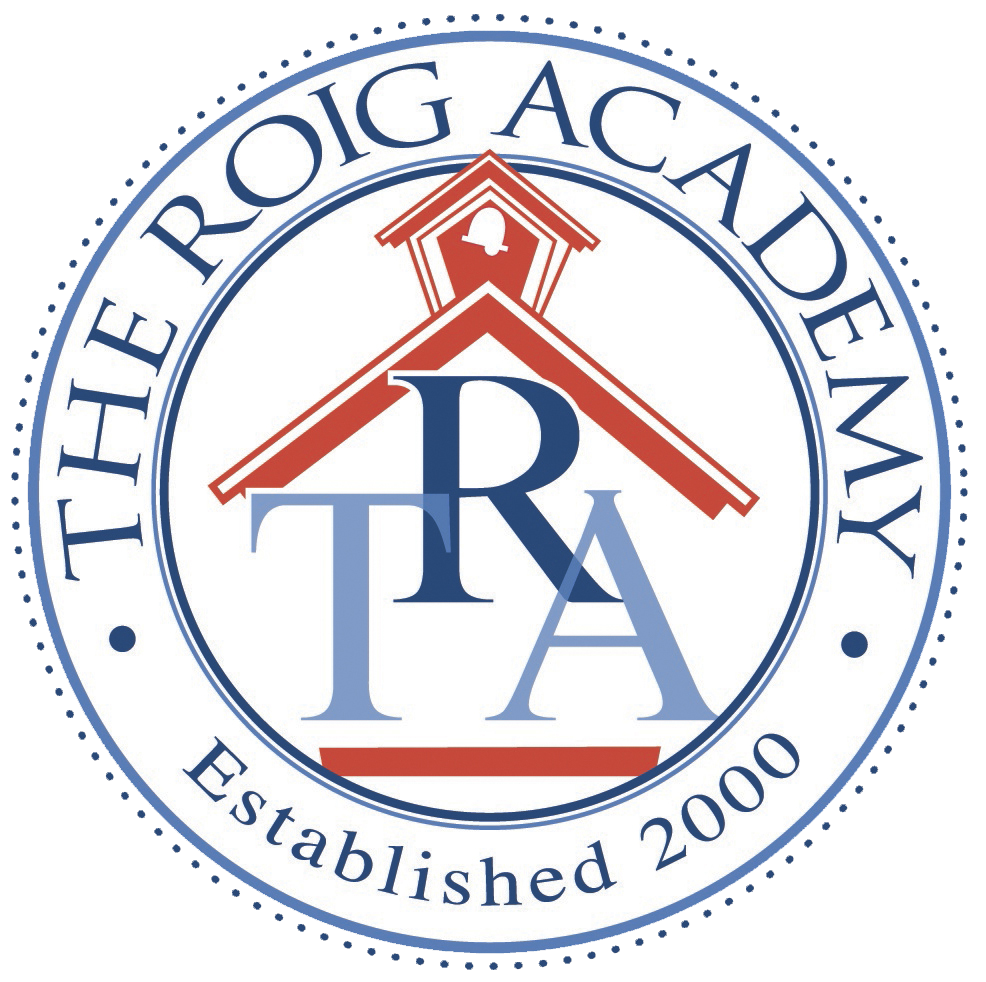Are you wondering how to decide what school is right for your child? The task of selecting the right school can be a difficult one for many parents.
Between Kindergarten and 12th grade, the average students spends approximately 2,340 days in school. That’s why choosing the right school for your child is an important factor in their long-term success.
Here are seven tips for choosing the right school for your child.
Look at the school’s approach to learning
Arguably the most important factor when choosing a school for your child is the school’s approach to learning. Knowing the school’s approach towards learning will help you in determining whether a school is an appropriate fit for your child and their academic and social needs. It is important to know how students are learning, what they are learning and how their learning will be assessed. At The Roig Academy, our staff teaches to the whole child by engaging in differentiated instructional techniques that are supported by current and best practices in teaching and learning. Additionally, we create individualized academic goals that are monitored and assessed with input from our multidisciplinary team, which includes the child. To learn more about The Roig Approach, click here.
Know your child’s strengths and needs
Each child’s learning experience is different. It’s important to recognize that learning is not one-size-fits-all. Get to know which areas your child excels in and which they require additional support. In addition to knowing your child’s areas of strengths and needs, be aware of how they learn. This will allow you to make an informed decision about which teaching styles and methods will best compliment your child’s strengths. Learn more about determining your child’s learning styles here.
Determine your priorities
It is important to evaluate your child’s needs, as well as the needs of your family when choosing a school. Every school offers unique strengths, so when choosing a school, have a list of requirements at the ready. Some questions to ask yourself while looking at your options: Do you want a school with multiple grade levels, where your child can remain for several years? Do you want the school to offer an individualized approach to teaching? Does your child need a small school environment or a large one?
Look for strong communication
The school-parent interaction is just as critical to your child’s success as the school-student dynamic. The best schools encourage and maintain open communication between parents, teachers, staff and students. This ensures everyone is on the same page as to what is working and if enhancements are needed in order to further student success. The Roig Academy recognizes the value in ongoing, open and strong communication through; emails, phone calls, social media, and newsletters.
Look at student-teacher ratio
Learning environments that offer smaller class sizes have been known to be more effective for learning. According to the National Education Association, the benefits of small schools include increased attendance, elevated teacher satisfaction, and improved school climate. Additionally, small schools may be especially important for students with learning disabilities, because they receive more individualized attention. Smaller class sizes allow teachers to address different learning styles and various student needs. This enables teachers and staff to foster stronger relationships with students, resulting in increased student engagement and inevitably better learning outcomes.
Look at your child’s potential role models
The biggest influence on your child’s education are their teachers. When choosing a school, speak with the teachers. Get a feel of their approach to teaching and learning. Find out whether they offer a supportive and nurturing learning environment where students can explore and take risks. Schools that offer challenging learning experiences is equally important.
Visit the school
When you find a school you think would be a good fit for your child, go for a visit. It’s a good idea to see the classrooms and interact with the teachers, staff and the head of the school. It’s also crucial to familiarize yourself with expectations for the students and the parents. Find out how staff interact with students, and what the learning environment looks and feels like. Before you visit the school, generate a list of questions you want to ask that get you the answers that you’re looking for.
In the end, when choosing the right school for your child, remember to be your child’s advocate. Ask questions and trust your instinct.
Let’s get to know each other!
You can also contact admissions at 305-235-1313.

